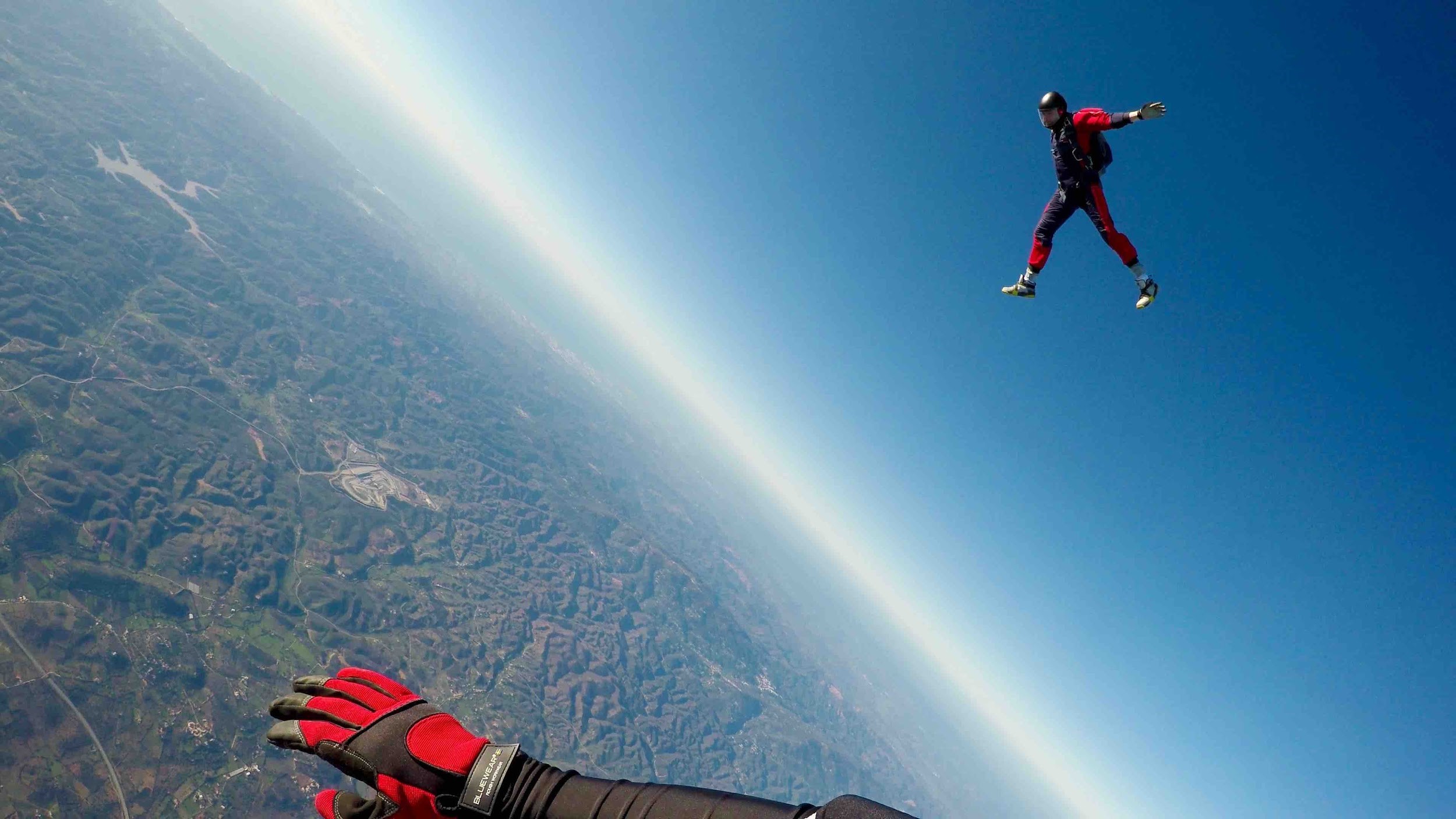Have you ever been asked to sign a liability waiver before participating in a certain type of activity in New Mexico? For example, if you have visited a ski resort with friends or family, have you been required to sign a waiver of liability or an “assumption of the risk” form before using the slopes? Or have you been required to sign a waiver of liability before using a zipline or going horseback riding? Waivers of liability, which can also be known as “assumption of the risk” forms or documents, are common in many recreational spots in which people engage in behaviors that come with some risk of personal injury. Yet it is critical to understand that these waivers do not mean that a business or an individual can be released from liability when that party’s negligence results in injuries.
To be clear, waivers of liability do not mean that a person waives his or her right to file a personal injury lawsuit for injuries arising out of a negligent act or omission. If you or someone you love recently got hurt after agreeing to a liability waiver, you should seek advice from a Santa Fe personal injury attorney as soon as possible. Even though you agreed to the language in this document, that fact alone does not necessarily mean that you cannot file a personal injury claim.
Understanding the Use of Waivers of Liability
Waivers of liability, or assumption of the risk forms, are typically used in activities or recreational sports that come with inherent risks. Like we mentioned above, activities like skiing or horseback riding have inherent risks. For example, downhill skiing in New Mexico comes with an inherent risk of falling and sustaining a knee injury or a head injury. When certain hobbies or pastimes have these kinds of risks inherent in the activity itself, the places where they occur—like ski resorts—will often ask visitors to sign waivers of liability.
What do waivers of liability do? By signing this document, the person who is participating in the inherently risky or dangerous activity acknowledges that she or acknowledges and understands those inherent risks, and assumes the risk by signing the form and choosing to participate in the activity. In agreeing to a liability waiver, the party who signs the form agrees that she or he will not file a personal injury lawsuit in the event of an injury arising out of the inherent risks.
Liability Waivers do Not Shield Against All Personal Injury Lawsuits
Now that you have a better sense of what liability waivers do, it is important to understand what they cannot do. A liability waiver cannot shield a person or entity from liability if an injury arises out of that party’s negligence in some circumstances—the liability waiver usually must expressly state that the person is waiving his or her right to file a claim for injuries arising out of negligence, and in signing the waiver, the signing party must intend to waive rights for claims arising out of negligent conduct. Otherwise, negligent conduct often can give rise to a personal injury lawsuit even if there is a liability waiver.
Under no circumstances does a liability waiver prevent a person from filing a personal injury claim for injuries arising out of intentional harm. The Tenth Circuit Court of Appeals, which includes cases in New Mexico, recently clarified that liability waives “cannot shield against a claim for willful and wanton conduct, regardless of the circumstances or intent of the parties.”
Learn More from a Santa Fe Personal Injury Attorney
Were you injured after signing a liability waiver? An experienced Santa Fe personal injury attorney can discuss your case with you. Contact Slate Stern Law for assistance.
